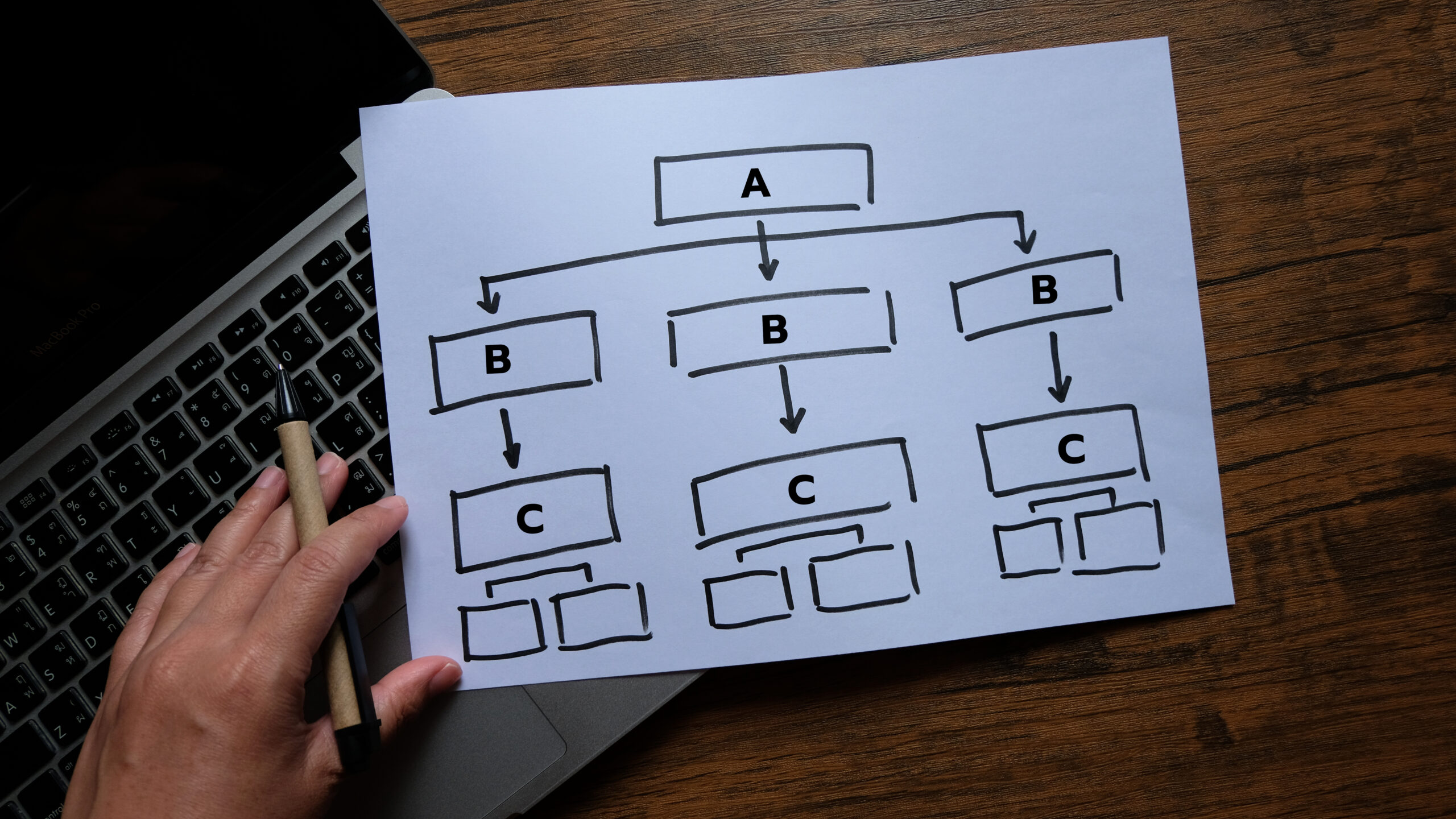
A business use case defines what should happen in the business when it is performed.
It describes the performance of a sequence of actions that produces a valuable result to a particular business actor.
A business use case should always be associated with a business context page. The page to be considered as one single truth of source for storing the business context associated with your BUC.
Starting point – identifying the current state situation. To understand the future, you need to understand current state.
- A prerequisite when designing future state is to clearly understand and document the as-is
- Vacuum clean documentation as internal guidelines and/or processes. Cross-checks to confirm its accuracy.
- Reach out to your stakeholders and start gathering and understand the as-is situation
- Documentation – create a business context page.
Common touch points between stakeholders
- Alignment and agreement
- Might be a need to analyse requirements in detail
- Update the Business use case with Definiton of Ready, pre and post conditions and/ or process steps

Do not forget!
Use an architecture framework to update or create a concept model with Enterprise-, Business-, Information- and Application view.
Look upon how the business capabilities will they be affected of the solution.
Are the dependencies demonstrated?
Are the plans updated and follow the Enterprise strategies and business visions?
Become the subject matter expert
Experienced - Committed - Partnership


